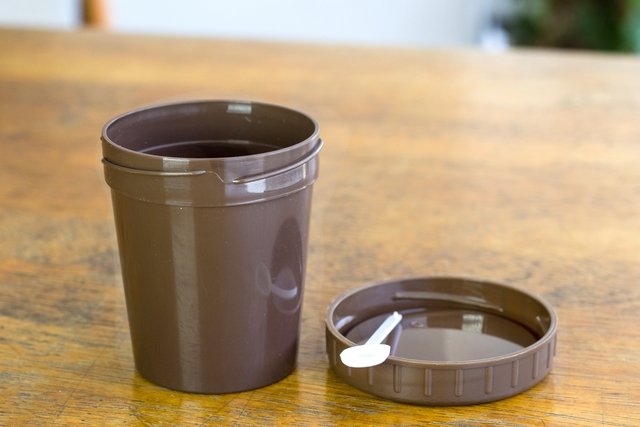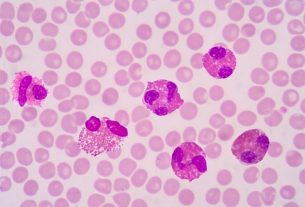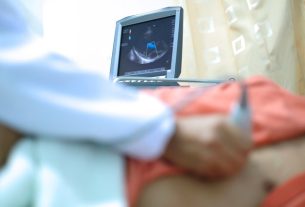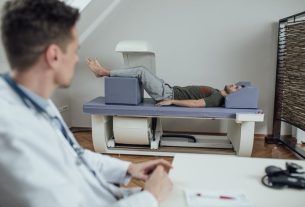Stool culture, also known as microbiological stool culture or simply stool culture, is an exam that aims to identify the infectious agent responsible for gastrointestinal changes, and is normally requested by the doctor when there is suspicion of infection by Salmonella spp., Campylobacter spp., Escherichia coli or Shigella spp.
Stool culture does not require special preparation, however it is important that the person takes some care when collecting feces to avoid changes in the result.
To carry out this examination, it is recommended that the person evacuate and take duly stored feces to the laboratory within 24 hours so that the analysis can be carried out and the bacteria responsible for the gastrointestinal alteration can be identified, in addition to the bacteria that are part of the normal intestinal microbiota.

What is it for
Stool culture is used to diagnose intestinal infections and food poisoning, as it allows identifying the presence of microorganisms responsible for these changes, mainly bacteria, such as Salmonella spp., Campylobacter spp., e Escherichia coli.
In most cases, in addition to requesting stool culture, the doctor also requests a fecal parasitological exam, which is an exam that identifies the presence of parasites in feces that are also responsible for gastrointestinal symptoms, such as Giardia lamblia, Entamoeba histolytica, Taenia sp. It is Ancylostoma duodenale, for example. Find out more about parasitological fecal examination.
How is the preparation
No special preparation is necessary to perform stool culture, it is only recommended that the person take a small sample of feces to the laboratory for analysis.
In the case of children, especially those who wear diapers, the doctor may recommend that the baby’s diaper be taken to the laboratory, in some cases, it should be placed in a plastic bag.
It is important that the person indicates whether they are taking any antibiotics or have done so in the last 7 days before the test, as this may interfere with the result. Furthermore, it is not recommended that the person use laxatives to stimulate evacuation, as it may also interfere with the test results.
How coproculture is done
To carry out stool culture, it is recommended that the person collect feces that have not come into contact with the urine or the toilet. Furthermore, if blood, mucus or other changes are seen in the stool, it is recommended that this part be collected, as the microorganisms possibly responsible for the infection are more likely to be identified.
In some cases, it may be suggested by the doctor that the collection be done using a swab directly from the person’s rectum, and this collection is most often carried out on people who are hospitalized.
After collecting and properly storing the sample, it must be taken to the laboratory for analysis. In the laboratory, feces are placed in specific culture media that allow the growth of invasive and toxigenic bacteria, which are those that are not part of the normal microbiota or that are but produce toxins and lead to the appearance of gastrointestinal symptoms. See more about the stool test.
See more details on how feces should be collected for the exam in the following video:
Result of coproculture
The results of stool culture can be:
- Normalwhen no infection-causing bacteria are identified, only bacteria naturally present in the intestine in normal quantities;
- Changedwhen bacteria that cause infection or an increase in the amount of normal bacteria in the intestine are identified, which can cause infection.
It is important that the result of the stool culture test is evaluated by the doctor taking into account the results of other tests and the symptoms presented by the person.
Bibliography
- COPROCULTURA. NewLab. Available at: <https://www.newslab.com.br/wp-content/uploads/yumpu_files/Especial%20microbiologia%20Pt.%201.pdf>. Accessed on June 8, 2020
- BARONE, Alessandra; FERNANDES, Archangel P. Urine and stool culture. Available at: <http://www.profbio.com.br/aulas/ac2_07.pdf>.
- LABORCLIN. Coprocultura. Available at: <https://www.laborclin.com.br/wp-content/uploads/2019/06/Coprocultura-rev-01.pdf>. Accessed on June 8, 2020

Sign up for our newsletter and stay up to date with exclusive news
that can transform your routine!
Warning: Undefined array key "title" in /home/storelat/public_html/wp-content/plugins/link-whisper-premium/templates/frontend/related-posts.php on line 12
Warning: Undefined array key "title_tag" in /home/storelat/public_html/wp-content/plugins/link-whisper-premium/templates/frontend/related-posts.php on line 13




